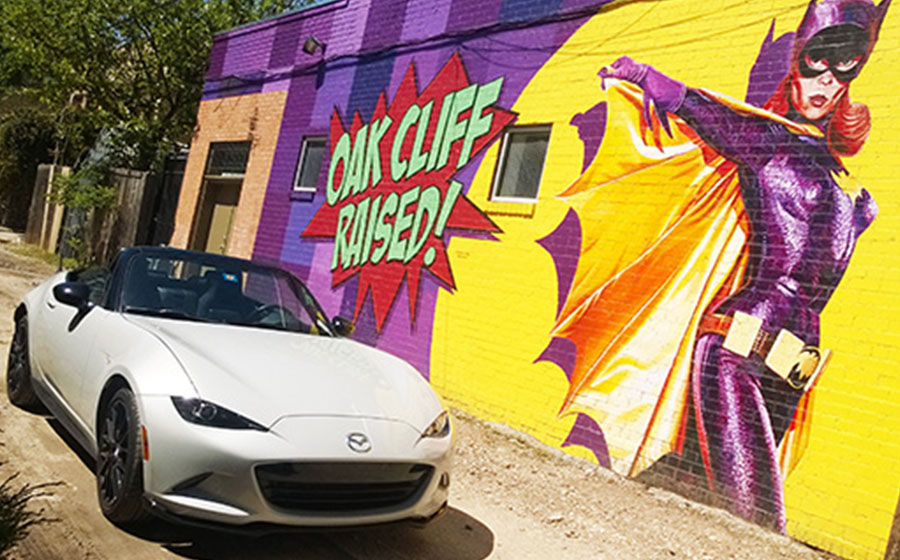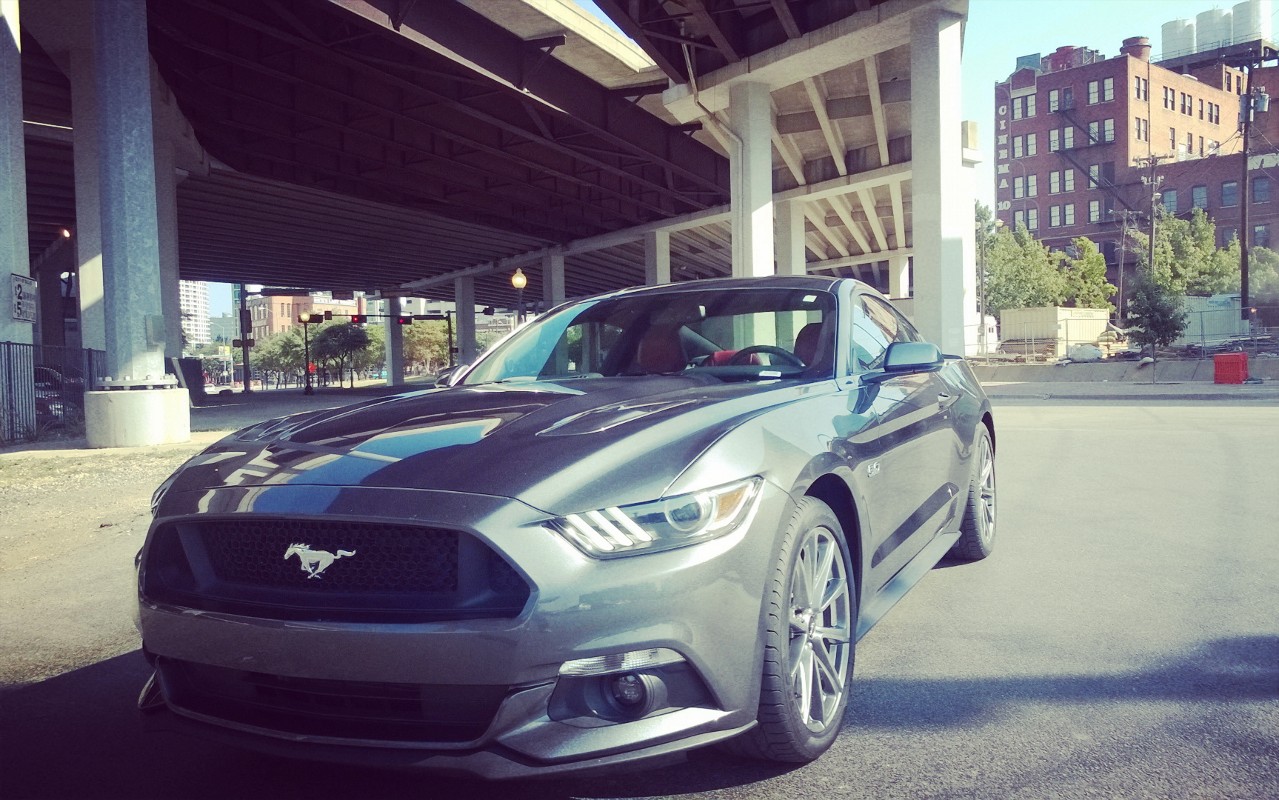An automobile that’s been in production, in one form or another, for 45 years should be leading the pack in all areas upon which automobiles are judged by: design, performance, and value. So what happened to the Mitsubishi Lancer? It’s a familiar name with a long history of innovation but ironically the only thing that the 2017 Mitsubishi Lancer actually does seem to excel at is value. It’s an extremely affordable car with features often found on automobiles in higher price brackets. And that’s a good thing. Right?
It would be if the affordable features the Lancer offers did anything to heighten the overall subdued experience the Lancer offers.
What Once Was Is No Longer
It’s been called the Colt Lancer, the Valiant Lancer and even marketed as the Eagle Summit once upon a time – throughout the years Mitsubishi has remained fearless in redefining what a compact car is. Models like the 1975 Lancer Celeste hatchback was actually a sweet, funky ride that embodied everything about 70s auto trends. In the 80s, the Lancer go turbocharged in its EX model that laid the ground for speedier compact cars to come, even though the design was extremely angular. In the 90s the Lancer name was given to the successful Mitsubishi Mirage, an automobile that looked very much like the successor to the 80s Lancer. The 2000s brought about fresh air for the Lancer name with new models that included a Sportback trim and, believe it or not, the Lancer LS Wagon – a minivan for all intent and purposes.
My point is the Lancer has quite a colorful history with variations that, at the very least, exhibit willingness on Mitsubishi’s part to keep stride with the rest of the automobile industry. Therefore it boggles the mind to behold the 2017 Mitsubishi Lancer. It appears like a car late to the party and poorly dressed. In 2016, the Lancer was given a bit of a facelift that allowed for certain new elements, like the LED running lights, to shine through. However, there are no exciting exterior design elements in the 2017 Lancer. There isn’t anything offensive or off-putting either but there is little room for mediocracy in today’s market.
Body stylings are reminiscent of the late early 2010s and remind me of a previous generation Honda Accord. Unfortunately, the only exterior element that caught my eye is the narrow taillights that nicely appear to embed themselves into the rear of the Lancer. Modest, the Lancer certainly is.
Inside, things don’t get too much crazier. Instead, you’ll swear you’ve stepped into a time machine at first glance of the materials and the construction of the cabin. Interior space is decent for a compact vehicle but nothing entices me to start the engine and get rolling. The plastic that runs throughout the cabin feel inexpensive, the dash layout isn’t eye-catching and it’s difficult to get quite comfortable in the flat-bottom bucket seats.
I do give props to Mitsubishi for maintaining an affordable price tag while including many interior amenities that other manufacturers use to drive up the price. The Lancer I test drove came with a price tag of $20,630 and included features like a 6.5 Infotainment display, Bluetooth, a sunroof and red stitching in some areas. However, a few of the features that came with this “Limited Edition” package also fell below expectation. The aluminum pedals and black gloss accents across the dash felt like good intentions that instead appear out of place and structurally subpar.
I appreciate that the infotainment audio system allowed for connectivity with Apple CarPlay and Android Auto. Both were easy to set up and provide a better experience than the UI software included with the car.
An Ugly Growl
The 2017 Lancer is available in two engine options: 2.0L MIVEC DOHC 4-cylinder and a 2.4L MIVEC 4-cylinder engine. The 2.4 option can also come equipped with an All-Wheel Drive, an option worth considering if you’re dead set on purchasing a Lancer. The vehicle I tested came with the 2.0L engine (sadly no All-Wheel Drive) that produces 148 horsepower and 145 lb-ft of torque. This engine configuration will net you 27 miles per gallon in the city and 34 miles per gallon on the highway. Not too shabby, particularly if fuel economy is high on your list of priorities.
Fuel economy may be a selling point for the 2017 Lancer but once you take the car onto the road it’s easy to forget that. The engine is loud and revs with an unattractive quality that reminded me of a go-cart engine. This wouldn’t necessarily be so bad if the CVT engine switched gears in a more conservative fashion that adjusted to the driving style and the limitations of the 2.0 liter engine. Instead, the Lancer’s transmission insists on pushing the revs as high as it can go before switching gears; this, unfortunately, accentuates the ugly growl of the engine. Acceleration is steady but noticeably slower than other vehicles in this class like the Honda Civic.
Handling was tight and responsive, which resulted in a comfortable ride, but added little in making the overall drive exciting.
A Sad Swansong
If you haven’t heard, Mitsubishi Motors North America confirmed a year ago that it would end the Lancer’s production in August 2017, without a successor; instead, Mitsubishi’s main focus will be on crossovers and SUVs. It’s disappointing that the Lancer’s “swansong” would end on this 2017 version because, as I pointed out earlier, the Lancer had a rich history that should have pinnacled towards a better vehicle. I’m sure the Lancer will live on in other parts of the world and may one day return to the U.S. shores in one form or another. If that day does come, I hope Mitsubishi draws inspiration from previous versions of the Lancer. In other words, the days when Mitsubishi played fast and loose with the Lancer’s design and dared to innovative.
Until then, I’ll be on the lookout for a 1975 Mitsubishi Lancer Celeste, even if it’s just to take a quick picture of that rad fastback design.










